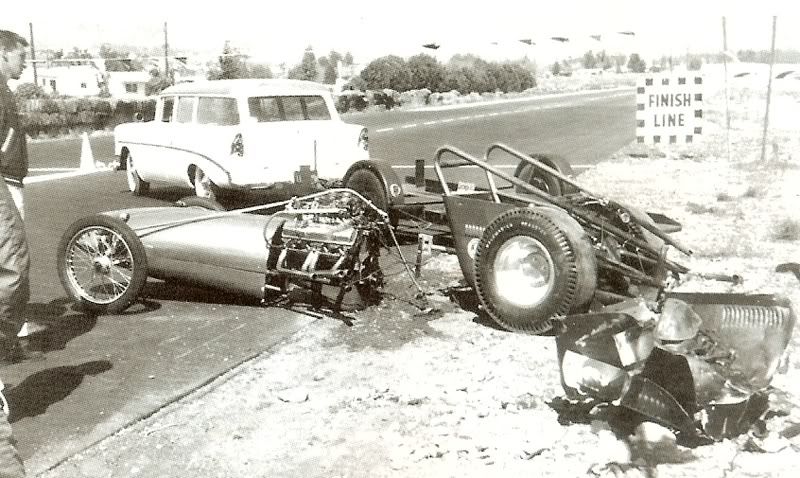At home flywheel balance....
Having been thru having a flywheel that was surfaced with a small piece of grit between it and the machine cause a vibration only in a narrow RPM range I'm wondering how you're going to verify that you got imbalance in the correct angular location? Or am I misunderstanding the goal?
When a balance shop neutral balances a flexplate o a flywheel they fit is to a mandrel that then sits in a cradle at each end made of two bearing each - 4 bearings total. Those cradles are attached to the transducers, but what's important to you is that thru the ratio of bearing OD to mandrel shaft OD those bearings aren't turning very fast compared to the mandrel's RPM.
When a balance shop "match balances" one flywheel to another they are mated 180° out of phase and back to back. Then the new flywheel is machined or drilled to a "neutral" condition for the pair of flywheels.
If an iron flywheel hasn't ever been spun up very fast it probably doesn't have any cracks. If it has been spun up then it does. How fast is "up" depends on the unit itself. Absence of being able to see them doesn't mean they're not there. Doesn't mean that they are there either, but which is the safer perspective to take?
Extreme example of what a flywheel explosion can do:

Having been thru having a flywheel that was surfaced with a small piece of grit between it and the machine cause a vibration only in a narrow RPM range I'm wondering how you're going to verify that you got imbalance in the correct angular location? Or am I misunderstanding the goal?
When a balance shop neutral balances a flexplate o a flywheel they fit is to a mandrel that then sits in a cradle at each end made of two bearing each - 4 bearings total. Those cradles are attached to the transducers, but what's important to you is that thru the ratio of bearing OD to mandrel shaft OD those bearings aren't turning very fast compared to the mandrel's RPM.
When a balance shop "match balances" one flywheel to another they are mated 180° out of phase and back to back. Then the new flywheel is machined or drilled to a "neutral" condition for the pair of flywheels.
If an iron flywheel hasn't ever been spun up very fast it probably doesn't have any cracks. If it has been spun up then it does. How fast is "up" depends on the unit itself. Absence of being able to see them doesn't mean they're not there. Doesn't mean that they are there either, but which is the safer perspective to take?
Extreme example of what a flywheel explosion can do:
